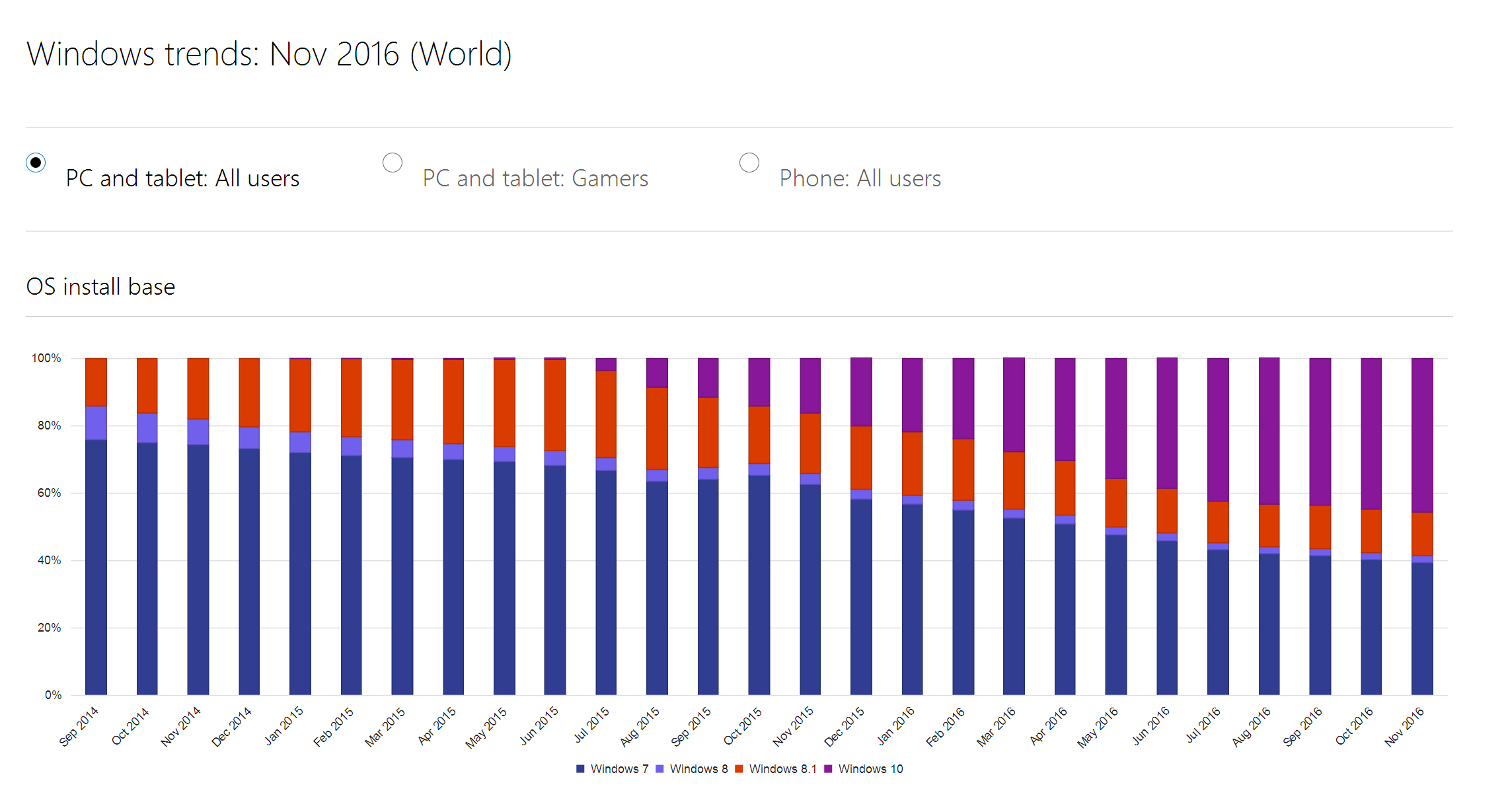From
TrustedReviews:
Windows 10 has effectively become that annoying vegan friend who judges you when you order a burger and tells you the harrowing story about how it came to your plate.
As part of a new series of Windows 10 tips, Chrome and Firefox browser users are being informed ‘you know what, actually, Edge is far safer for you.’
As spotted by illCodeYouABrain on Reddit, Users are seeing a pop-up on the Edge icon saying “Microsoft Edge is safer than Firefox. It blocks 21% more socially engineered malware.”
It then offers a link to do “learn more,” which in this instance is Microsoft’s “you should really educate yourself about the issues.”
...
If you don’t want to hear Microsoft’s ‘annoying vegan friend’ act, the firm told VentureBeat that tips can be easily switched off in system settings.
...
Or you could listen to Microsoft, which has gleaned that 21% safer figure from a report it commissioned NSS Labs to create.
I'm genuinely puzzled by this one. Not because I expected Microsoft to learn anything from the GWX backlash that has 48% of all PC users sticking with Windows 7, but simply because I can't figure out who the target audience is, here.
People who are tech-savvy enough to still be using other browsers aren't going to fall for this; all Redmond is accomplishing is to irritate them. Meanwhile, everybody who lacks the technical savvy to know better is probably already using Edge, just as they were probably using IE before being switched to Windows 10. Who is this
for?
Also, didn't Microsoft already try this same tactic, with zero results?
I'm pretty sure they did, before
trying outright bribery to try (and fail) to lure users to their new browser. What makes them think they'll get better results this time?
Also, commissioning a dubious report that you then cite in propaganda? That's
lying with statistics,
again, and they aren't even
trying to be subtle about it.
Also, how exactly is Edge supposed to be protecting users from
social engineering? The
whole point of social engineering is that it relies on bad habits on the part of users to bypass the systems that would otherwise protect them.
The single biggest problem with this approach, though, is that it does nothing to address the issues with Edge that sent people back to Chrome, Firefox,
et al. Edge didn't support extensions out of the box, and doesn't have any extensions available to download now that Redmond finally have added this critical feature of modern browsers, because there are no users of Edge. Software developers don't develop for users that don't exist.
Which is why users of Chrome outnumber users of Edge by 10 to 1, and why
Edge only grew its browser share by 0.1% last month. So, yeah, I understand why they're desperate; they're losing, and they're out of ideas. Desperation isn't attractive, though; I don't they're going to catch any more fish this time around, using this same rancid bait.


